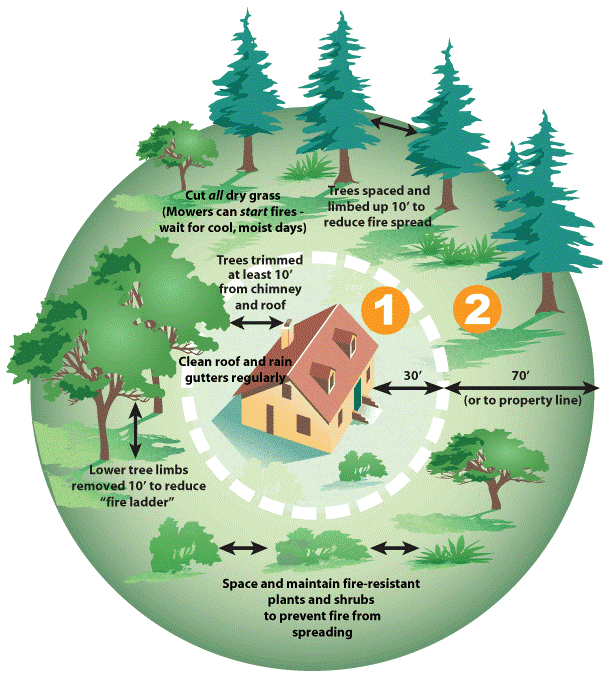
Fuel Reduction
What are fuels?
Anything that can burn is fuel for a fire. During a wildland fire, all kinds of plant material can act as fuel, including grasses, shrubs, trees, dead leaves, and fallen pine needles. As these burnable materials pile up, so do the chances of catastrophic wildland fire. In the right conditions, excess fuel allows fires to burn hotter, larger, longer, and faster, making them more difficult and dangerous to manage.
Why manage fuels?
We manage fuels to restore and maintain ecosystems. We provide best Fuel Reduction Service
Wildland fires can be devastating, but not all fire is bad. Fire plays a natural and necessary role in many landscapes. Periodic low-intensity fires speed up the process of forest decomposition, create open patches for new plants to grow, improve habitat and food for animals, and deliver nutrients to the plants that survive. Some research indicates fire may also improve groundwater recharge and water flow to aquatic habitats. They build resilience to fires by reducing immature trees, brush, dead branches, and limbs (a.k.a. ladder fuels) and creating a mosaic of burned, partially-burned, and unburned areas (which makes it less likely that future fires will torch an entire landscape). Some trees, like lodgepole pine, require the heat of flames to open up their cones and disperse new seeds.
We manage fuels to reduce the chances that lives or property will be lost to wildfire.
Houses and other developments near grasslands, forests, or other undeveloped areas (a.k.a. the wildland-urban interface) are vulnerable to wildfires because they’re essentially surrounded by fuel. The extent and density of vegetation around a structure influence the ability of firefighters to prevent it from burning in a wildfire. Wildfire can also damage or disrupt utility services (power, gas, communication, transportation). Fuels treatments make unwanted wildfires less likely and easier to manage. By learning to live with fire we improve public and firefighter safety and reduce the impacts of fire when it occurs. Learn more about fire-adapted communities.
We manage fuels to improve the efficiency and safety of wildfire suppression.
The cost of putting out unwanted wildland fire remains the biggest line item in our annual budget. Reducing fuels makes wildfires less intense and easier to control with fewer people, making it one of the most effective ways to build an efficient, proactive program to safely manage wildfire.

